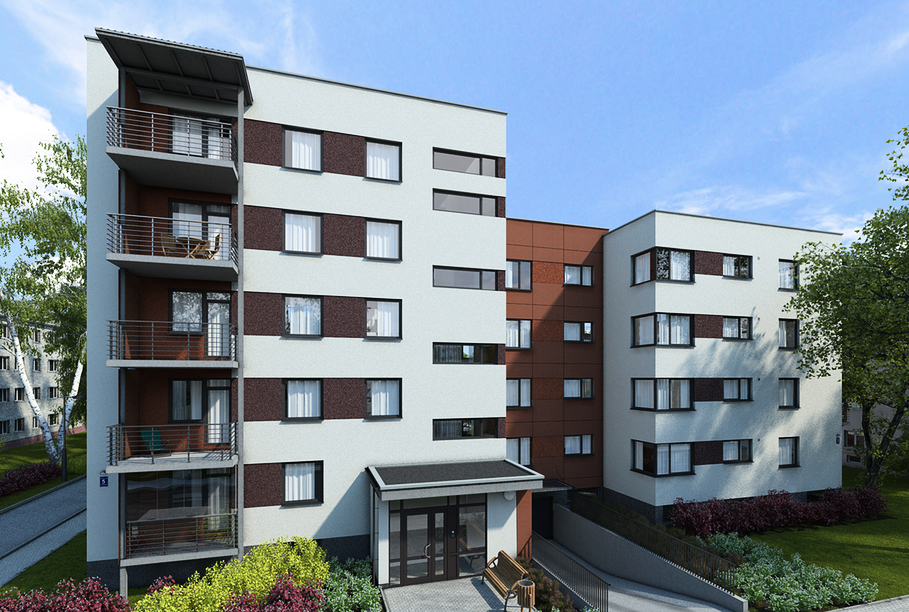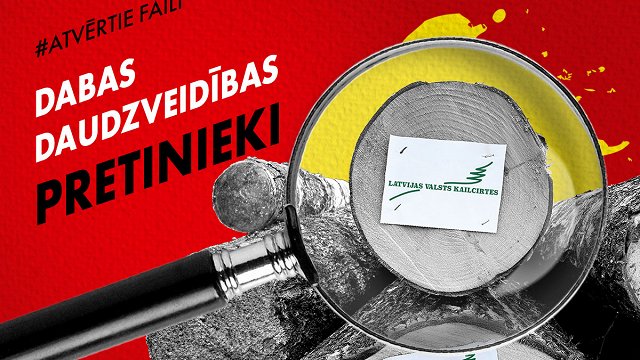According to the bank's regular 'Housing Affordability Index', in Riga, the HAI increased by 2.1 points because wage growth outpaced apartment price growth.
"The time needed to save for a down payment increased over the past year by one month and one week in Tallinn, to 30.6 months, and by one month and almost three weeks in Vilnius, to 35.9 months. It decreased in Riga by three-and-a half weeks, to 26.3 months," Swedbank said.
Despite the fact that prices are rising faster in Riga than in Tallinn or Vilnius, the fact that wages are growing even more quickly is key.
"In Riga, activity in the residential real estate market in the first quarter of 2015 was weak, with the number of transactions down by 24% annually. The number of non-resident transactions was twice as low as a year ago, due to substantially weaker demand. Non-resident demand, of which citizens of Russia account for a large proportion, was partly hindered by a sharp deterioration in purchasing power (e.g., the weaker ruble and recession in Russia) and to some extent also by legislative changes in Latvia enforced on September 1 of last year that make it more costly for foreign investors to obtain temporary residence permits to buy real estate. The nonresident transactions were mostly concentrated in one segment: the more expensive new projects in the city centre," Swedbank said.
Real estate price growth was 3.3% in the first quarter in Riga. Prices of new projects in the suburbs declined by 4.8%, this decline mostly explained by cheaper apartments coming to the market from one specific large project; meanwhile, the price level in the other projects remained largely the same. Prices of Soviet-era apartments in the suburbs, which form the majority of the supply of the apartments in Riga, grew by 2.1% annually.
The housing affordability index (HAI) is calculated for a family whose income is equal to 1.5 of average net wages with an average-sized apartment of 55 square meters. The HAI is 100 when households use 30% of their net wages for mortgage costs. When the HAI is at least 100, households can afford their housing, according to the established norm. The higher the number, the greater the affordability.



























